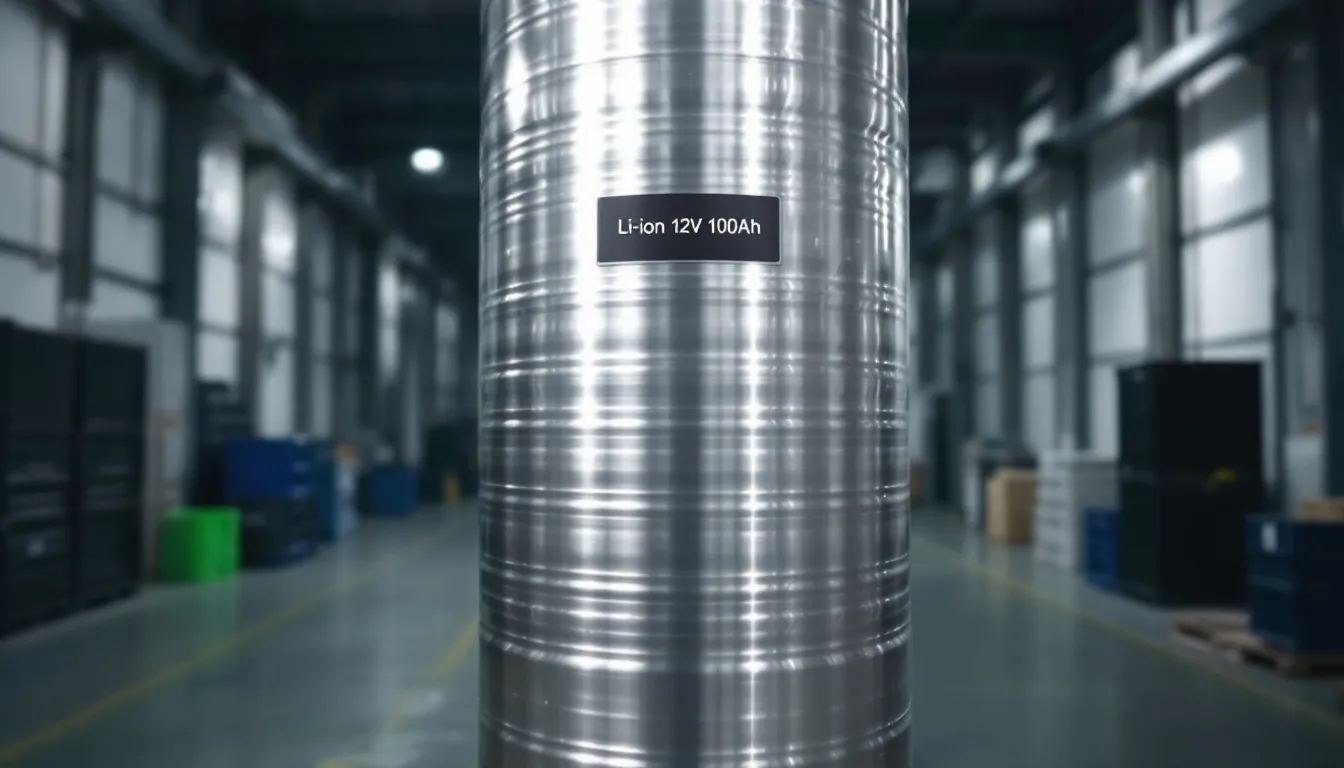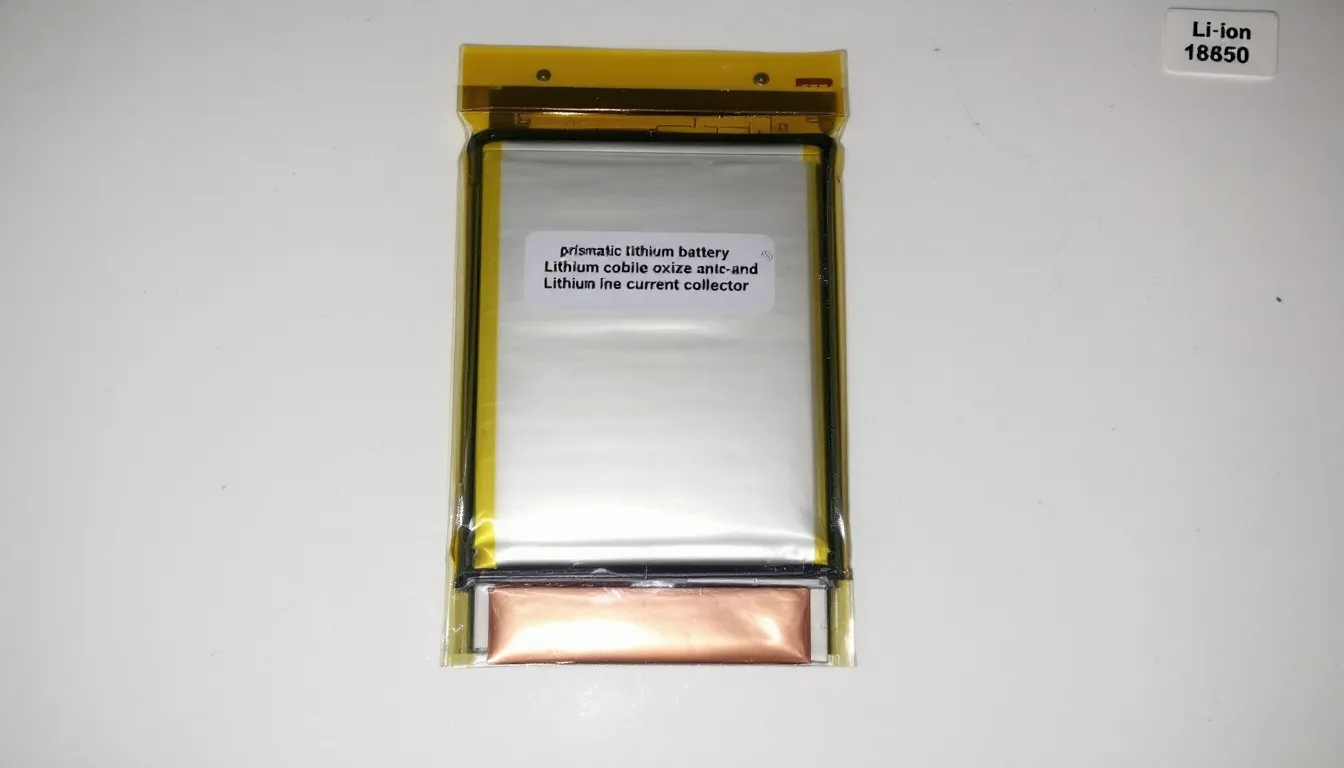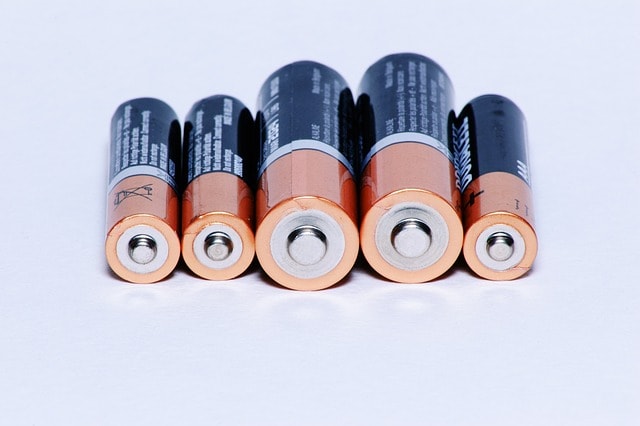Contents

Lithium batteries come in many cell formats—cylindrical (e.g., 18650, 21700, 26650), prismatic, and pouch—each optimized for specific energy, power, and application needs. Understanding battery size and lithium ion battery sizes is crucial for selecting the right power source for your device, as the appropriate lithium battery size can significantly affect runtime, power output, and overall efficiency. Cylindrical lithium-ion batteries are typically represented by five digits; the first two digits refer to cell diameter, the third and fourth digits indicate physical length, and the fifth digit indicates shape.
Choosing the right lithium battery size, such as ups batteries, is essential for device performance, runtime, and power output. Configuring cells into banks (series, parallel, or combinations like 4s2p) lets you achieve the desired voltage and capacity, but requires matching cell characteristics and proper BMS protection. Using multiple batteries can complicate maintenance and installation, whereas a single higher-rated battery may reduce costs.
Accurately sizing a lithium battery involves calculating required amp-hours from your load (P × t / V) and applying safety factors (1.2× to 1.05×) to account for depth of discharge and inefficiencies. Oversizing can lead to paying for unused storage while undersizing can cause power shortages and battery stress, especially in wind power generation systems .
Finally, safety best practices—correct wiring, fuse sizing, and thermal management—are critical to prevent imbalance, overcurrent, or thermal runaway.
Introduction to Lithium Batteries
Lithium-ion (Li-ion) batteries are rechargeable cells with high energy density (3.6–3.7 V nominal per cell), long cycle life, and low self-discharge, making them ideal for applications from portable electronics to electric vehicles. They are also widely used in cordless power tools, digital cameras, electronic appliances, electronic cigarettes, computer motherboards, LED lights, and various electronic devices. Unlike lead-acid, Li-ion chemistries offer superior power-to-weight ratios, but require precise charging protocols and protection circuits to ensure safety and longevity. Typical lithium ion battery cell sizes—18650, 21700, and 26650—are named by their dimensions (e.g., 18 mm × 65 mm) and range in capacity from ~1,300 mAh up to 6,800 mAh. Compared to nickel metal hydride and other traditional chemistries, lithium-ion cells typically have a very low self-discharge rate. Rechargeable batteries like these are essential for modern electronic devices.
Types of Lithium Cells
Cylindrical Cells

The most ubiquitous format—18650 (18 × 65 mm), 21700 (21 × 70 mm), and 26650 (26 × 65 mm)—offers easy scalability and robust mechanical strength. Understanding lithium ion cell sizes is crucial for selecting the appropriate power source, as these dimensions and characteristics are essential for their applications in everyday electronics, many laptop computer batteries, and vehicles. Capacities span 1,300–3,500 mAh for 18650 and up to 6,200 mAh for 26650. The 18650 lithium-ion cell measures 18mm in diameter and 65mm in height.
These cells are designed with a clear identification of the positive terminal, ensuring proper installation and functionality in various devices, including automobile key remotes .
Prismatic Cells

Flat, rectangular cells allow for higher pack-level space utilization in slim devices (smartphones, laptops) and electric vehicle modules, though they often require rigid enclosures to prevent swelling.
These prismatic cells are also used in various electronic devices, including automobile remotes, highlighting the importance of understanding battery specifications for selecting suitable power sources.
Pouch Cells
Flexible, lightweight pouches can be stacked in custom shapes, maximizing energy density. They demand careful mechanical support and often include integrated foil layers for insulation and safety.
These pouch cells are also used in various electronic devices, including remote controls, car FM transmitters, remote key fobs, and in the radio control hobby.
Factors to Consider When Selecting a Battery
When selecting a battery, several critical factors must be considered to ensure it meets your specific needs. The type of device or application is paramount; for instance, lithium ion batteries are ideal for portable power tools, laptop computer batteries, electric vehicles, and wireless audio devices due to their high energy density and low self-discharge rate. The required battery capacity is another crucial factor, as it determines how long the battery can power your device. Additionally, the nominal voltage must match your device’s requirements to ensure proper operation.
Physical dimensions are also important, especially in applications where space is limited. For example, laptop computer batteries need to fit within the device’s compact design. The battery’s power output and cycle life are essential to ensure it can handle the demands of your application without frequent replacements. A robust protection circuit is necessary to safeguard against overcharging, overdischarging, and short circuits, enhancing the battery’s safety and longevity. Lastly, consider the battery’s size and weight, as these can impact the overall design and portability of your device.
Lithium Battery Bank Configuration

To meet higher voltage and capacity demands, cells are wired in series and/or parallel. A common laptop pack uses a 4s2p configuration—four cells in series for ~14.4 V nominal, with two parallel strings doubling capacity (e.g., 2,400 mAh → 4,800 mAh). When designing battery banks:
- Match Cells: Use identical age, capacity, and internal resistance cells to avoid imbalance and accelerated aging.
- Implement BMS: Ensure overcurrent protection, cell balancing, and thermal monitoring are in place to prevent overcharge, overdischarge, and thermal runaway.
Proper battery bank configuration enhances system efficiency by minimizing strain on the power supply and prolonging battery life.
- Implement BMS: Ensure overcurrent protection, cell balancing, and thermal monitoring are in place to prevent overcharge, overdischarge, and thermal runaway. Additionally, knowing the rated voltage is crucial for accurately calculating power needs and managing energy consumption effectively.
Standard Dimensions for Battery Cells

Battery cells come in various standard dimensions, each suited for different applications. Cylindrical cells, such as the 18650 lithium ion cell, are popular due to their robust mechanical strength and ease of scalability. The 18650 cell measures 18mm in diameter and 65mm in length, making it a common choice for many applications, including laptop battery packs and high powered LED flashlights.
Prismatic cells, with their rectangular shape, offer higher pack-level space utilization, making them ideal for slim devices like smartphones and certain electric cars. Pouch cells, known for their flexibility and lightweight design, can be stacked in custom shapes to maximize energy density. These cells are often used in applications where space and weight are critical, such as in electric kick scooters and mini electronic products. Understanding the standard dimensions of battery cells is crucial for selecting the right lithium ion cell for your specific needs, ensuring compatibility and optimal performance.
Calculating Battery Sizing

Basic Amp-Hour Calculation
Use the formula:
Battery Capacity (Ah) = (Load Power (W) × Run Time (h)) / Battery Voltage (VDC)
For example, powering a 1 kW load for 4 h on a 12 V bank requires:
(1,000 W × 4 h) / 12 V = 333 Ah
Watt hours (Wh) is a key specification indicating the amount of energy stored, and it is a better measure of energy than just capacity (mAh). This is particularly important in adherence to UN38.3 criteria.
It is important to note that you should not mix primary batteries, which are typically non-rechargeable, with rechargeable batteries to ensure optimal performance in devices such as flashlights and cameras.
Device-Level Sizing
Alternatively, tally individual device currents: sum (current draw × hours of use) for all devices, then size the bank accordingly.
When considering battery options, it’s important to note that non-rechargeable lithium metal cells offer a long shelf life and excellent temperature tolerance, but should not be mixed with rechargeable batteries.
Comparison of Battery Sizes
Comparing battery sizes is a vital step in selecting the right battery for your needs. Different battery sizes offer varying capacities, dimensions, and weights, which can significantly impact their performance and compatibility with your device. For instance, lithium ion batteries come in several sizes, including the 18650, 21700, and 26650. The 18650 battery typically has a capacity of around 2000-3000mAh, making it suitable for applications like laptop computer batteries, high powered LED flashlights, and tiny flashlights.
The 21700 battery, with a capacity of around 3000-4000mAh, offers higher power output and is often used in electric vehicles and portable power tools. The 26650 battery, boasting a capacity of around 4000-5000mAh, is ideal for applications requiring higher capacity and longer battery life, such as in backup power supply systems and high capacity battery banks. When comparing battery sizes, it’s essential to consider the nominal voltage, power output, and cycle life to ensure the battery can meet the demands of your device or application, such as led decorator lights .
Safety Considerations for Battery Use
Proper Wiring & Fusing: Size cables per NEC/ABYC guidelines and install fuses rated for peak discharge limits to avoid overheating and fire risk .
Thermal Management: Maintain cells within manufacturer-specified temperature ranges; provide ventilation or active cooling for high-power applications .
Avoid Cell Mismatch: Never mix different chemistries, capacities, or ages—imbalanced cells can trigger overvoltage or deep discharge failures .
Transportation Regulations: Comply with UN 38.3 testing and labeling for shipping, and follow any local hazardous materials rules .
Regular Inspection: Periodically check voltage balance, terminal integrity, and BMS logs to detect anomalies before they escalate. Primary lithium metal cells also offer a long shelf life, maintaining effective performance for up to 10 years.
Battery Maintenance and Care
Proper battery maintenance and care are essential to ensure the longevity and performance of your battery. Store the battery in a cool, dry place, away from metal objects, to prevent short circuits and damage. Avoid deep discharges, as they can significantly reduce the battery’s capacity and lifespan. Regularly charging the battery using the correct charger and following the manufacturer’s instructions is crucial to maintaining optimal performance.
Cleaning the battery terminals regularly can prevent corrosion and ensure a good connection. By following these maintenance tips, you can extend the life of your battery and ensure it continues to perform at its best. Regular maintenance can also help prevent common problems, such as reduced capacity, increased self-discharge, and damage to the battery’s internal components. Proper care and maintenance are key to getting the most out of your lithium ion batteries, ensuring they remain reliable and efficient for their intended applications, including radio control hobby use .





